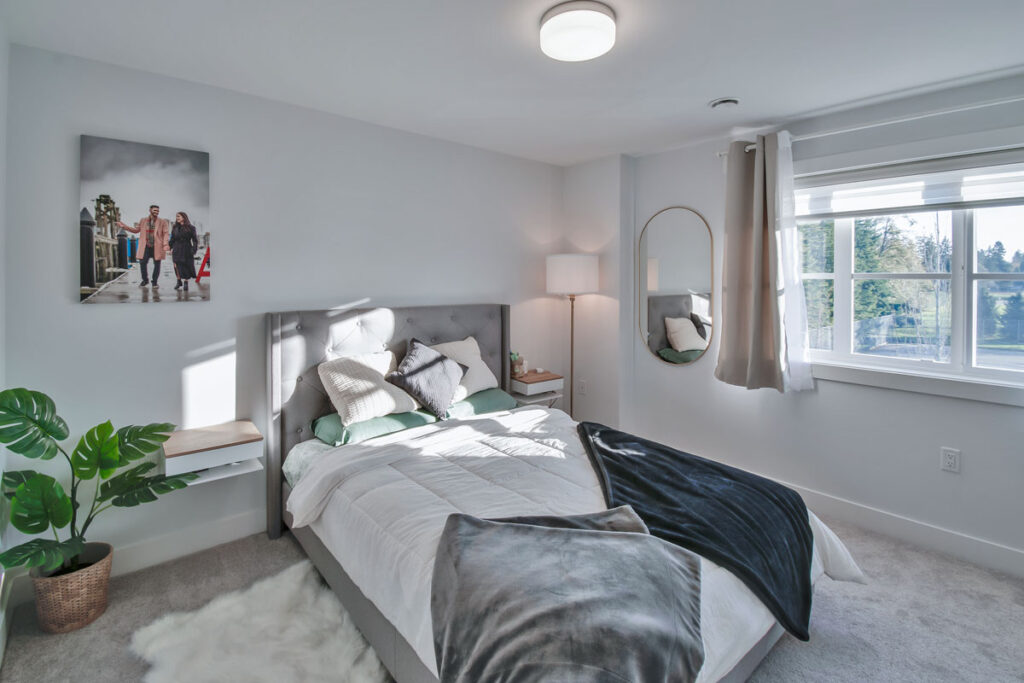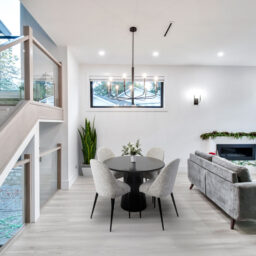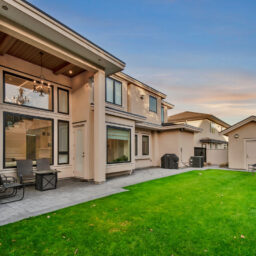In the ever-evolving landscape of real estate marketing, captivating visuals play an integral role in attracting potential buyers. High Dynamic Range (HDR) photography has emerged as a transformative technique, revolutionizing the way properties are showcased and perceived in the market. But what exactly is HDR photography, and why has it become indispensable in the realm of real estate?
HDR photography involves capturing multiple exposures of a scene at varying levels of brightness and merging them together to create a final image that showcases a wider range of tones and details. This technique harnesses the power of technology to replicate the human eye’s ability to perceive a broader spectrum of light, resulting in stunning, true-to-life representations of properties.
In the realm of real estate photography, the significance of HDR cannot be overstated. Properties often feature a wide range of lighting conditions, from sunlit exteriors to dimly lit interiors. These varying lighting scenarios pose a challenge for traditional photography, often resulting in images that either wash out bright areas or lose detail in shadows.

By utilizing HDR techniques, real estate photographers can overcome these challenges. They capture a series of bracketed exposures, each exposing different parts of the scene optimally—some for highlights to preserve exterior details, others for shadows to maintain interior clarity. These exposures are then blended together seamlessly using specialized software to produce a final image that encapsulates the full dynamic range of the property.
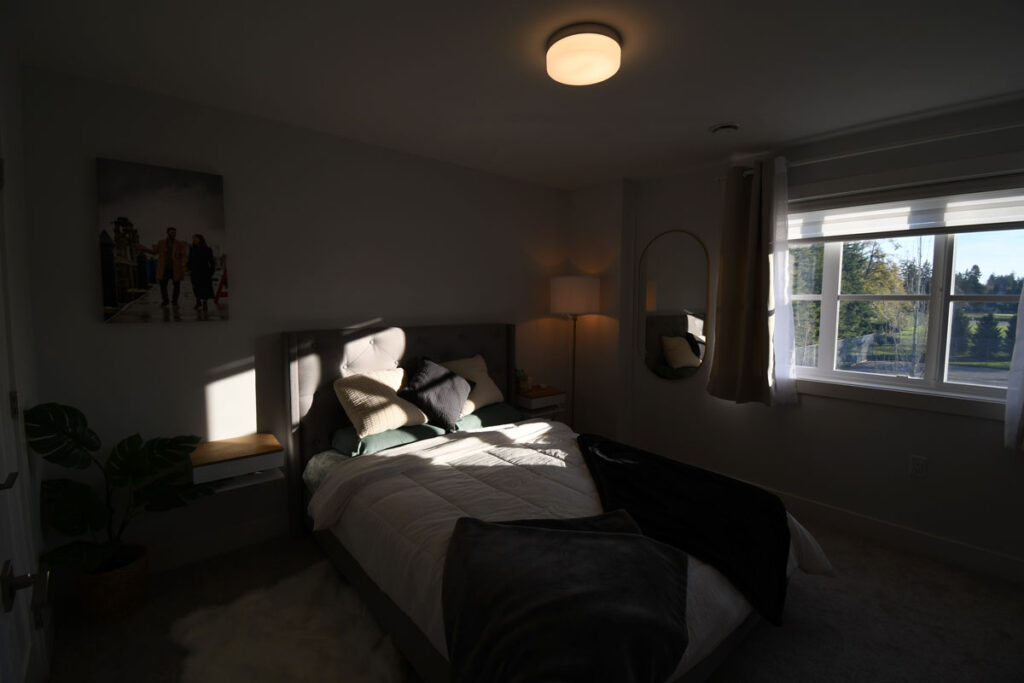
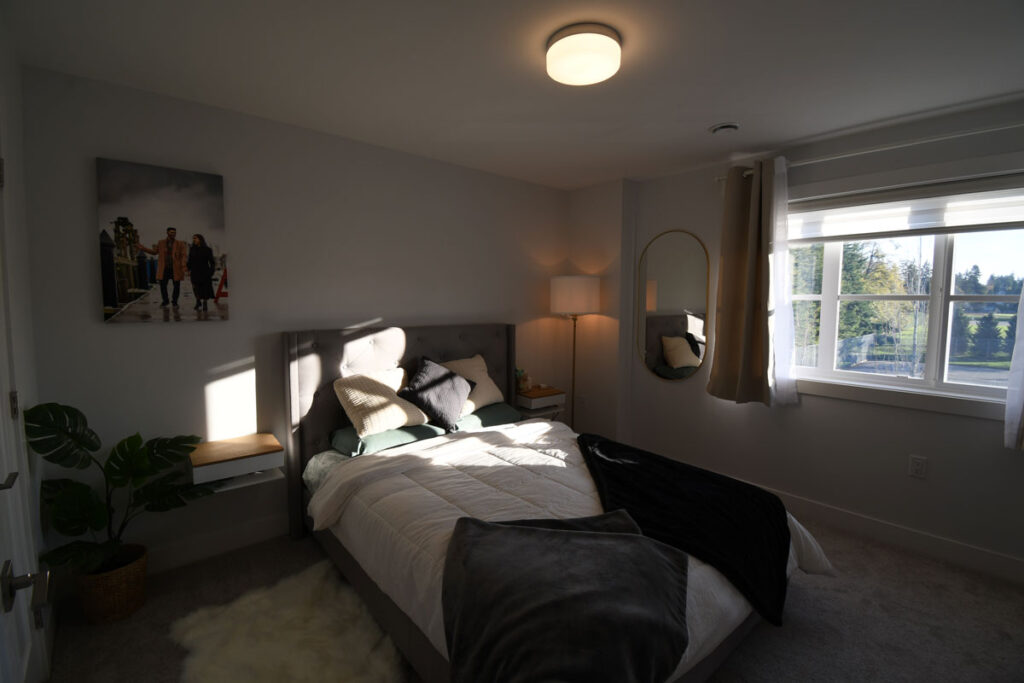
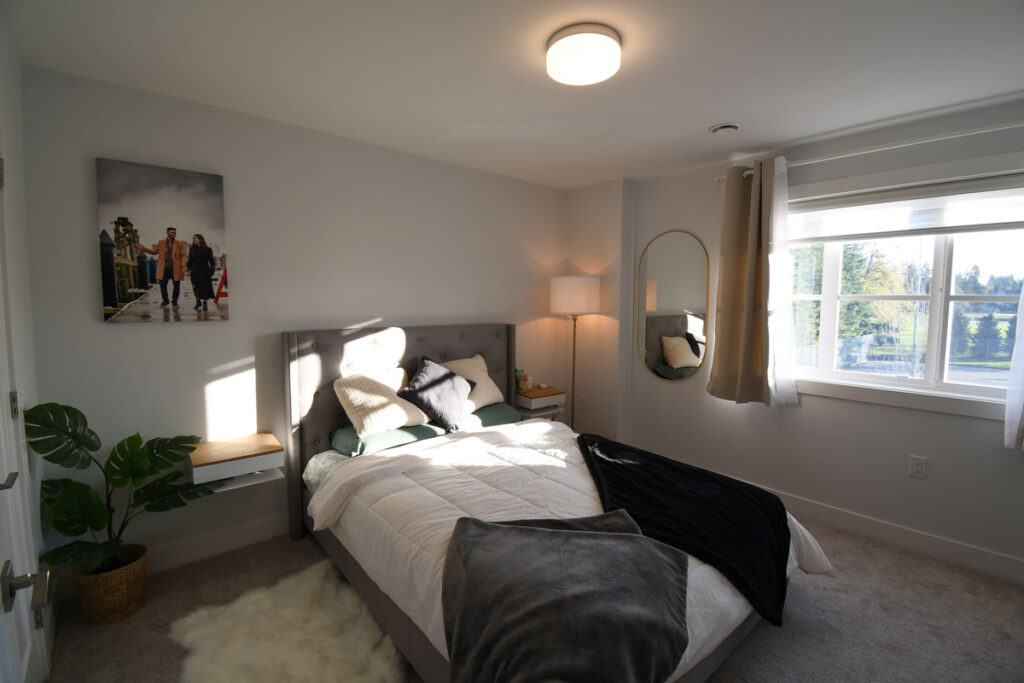
The application of HDR in real estate photography yields several key advantages:
Esgee Art + Design Corporate Solutions is a one-stop solution for real estate professionals looking to create impactful content that helps sell homes. They understand the significance of high-quality photos and floor plans and pair them with eye-catching design work to ensure your listings stand out. Their services include:
- Enhanced Details: HDR photography brings out intricate details that might otherwise be lost in a single exposure. From the textures of a hardwood floor to the subtle nuances of architectural elements, HDR preserves these details, captivating potential buyers.
- Balanced Lighting: By combining multiple exposures, HDR ensures that both bright and dark areas within a property are properly exposed, resulting in a well-balanced image that accurately represents the space.
- Realistic Representation: The final HDR image closely mirrors the natural perception of a space, providing viewers with a lifelike representation that evokes a sense of being physically present within the property.
- Aesthetic Appeal: HDR photography elevates the visual appeal of property listings, making them stand out in a competitive market. Stunning, true-to-life images grab attention and entice prospective buyers.
In summary, HDR photography has become an indispensable tool in the real estate industry, transforming the way properties are showcased. Its ability to capture and blend multiple exposures ensures that properties are depicted in their best light, fostering engagement and generating interest among potential buyers. As technology continues to advance, HDR photography remains a cornerstone in the art of presenting properties at their most captivating and visually appealing.
